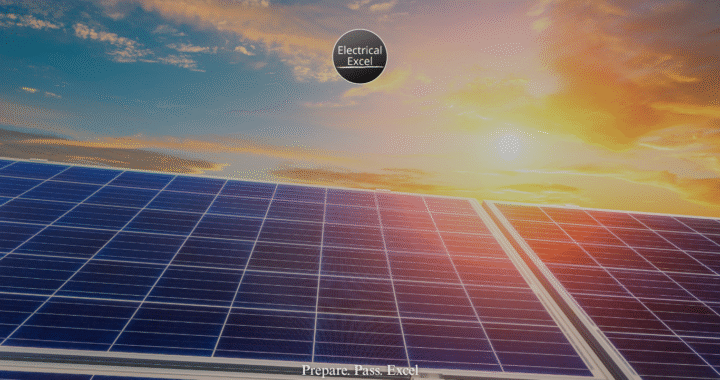As we move toward a more electrified world, the demand for energy grows. The importance of meeting that increased energy need, combined with a desire for consuming greener energy, has many working toward implementing photovoltaic and energy storage systems.
Photovoltaic (PV) systems, also referred to as solar power, allow the capture of sunlight as direct current (DC) power that is then converted to usable alternating current (AC) power.
Energy storage systems (ESS) are a means by which captured PV energy can be stored and redistributed at a time of need, such as when it is dark out and the PV system is not generating power for immediate consumption or, on a larger scale, allocating power back to the grid when it demands it.
According to the Fall 2024 Quarterly Solar Industry Update provided by the National Renewable Energy Laboratory (NREL), growth in PV and ESS within the United States continues to abound. As stated in the report, “the International Energy Agency projects significant growth for photovoltaics (PV) in 2024 over the record-breaking year in 2023.
Over the next two years, virtually all new electric generation capacity will be PV, batteries, and wind.” It was also reported that Q1 and Q2 of 2024 combined produced an overall installation of 14.1 gigawatt hours (GWh) of energy storage onto the electrical grid, which is the largest first half on record.






